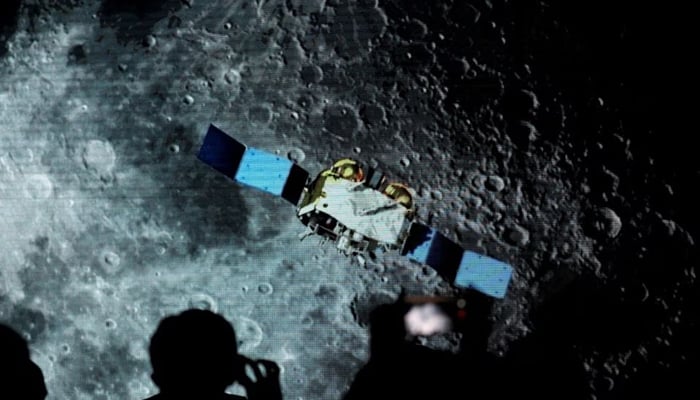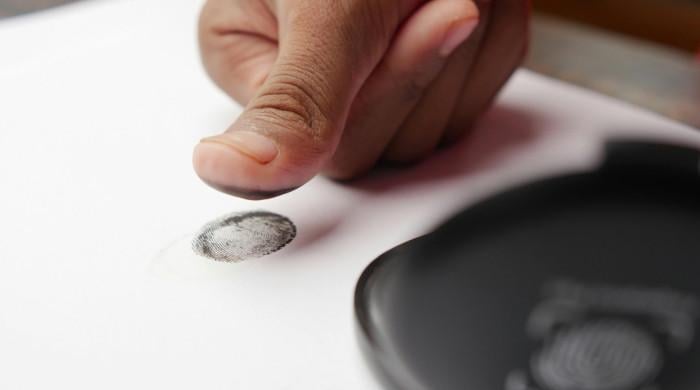Scientists discover new water sources on moon
This can be a major breakthrough as it would allow astronauts to use moon as their base for exploratory missions
March 28, 2023

As scientists' pace up their efforts to find sources of life in space, experts have been able to find new water reserves from the samples collected by a Chinese lunar mission "Chang'e 5" from the moon dirt they had brought back in 2020, Independent reported.
This can be a major breakthrough because it would allow astronauts to use the moon as their base to conduct exploratory missions and use that water as per their needs.
The findings were published in the journal Nature Geoscience's in the research paper "A solar wind-derived water reservoir on the Moon hosted by impact glass beads".
The 35 samples were collected randomly from the lunar soil in which water was found in tiny multicolour glass beads as tiny as hair. Scientists also believe that there is a large frozen water reservoir on the moon, but, less than what is found on the earth.
Such beads are innumerable in quantity and could carry large amounts of water. Apart from this, it is yet to determine the behaviour of water once in space.
Previous studies conducted on the subject did not explain the reserve points and how the water is stored on the moon, but experts hope there must be a water storage process on the moon.
The glass beads are formed when the meteoroids hit the moon, turn solid and join the moon soil just after throwing up hot molten droplets. They then absorb the water and like a sponge and initiate a water cycle on the soil of the moon. Some of the water also goes to space, according to scientists.
The findings in the study are crucial for astronauts as they intend to live on the moon to extensively study the other objects and characteristics of space and celestial bodies.
Water could be taken out from these solid rocks by melting them and further research is needed to further determine whether this extracted water would be drinkable.
According to NASA, it had intended to send a lunar mission by 2025 to study nearby planets.









